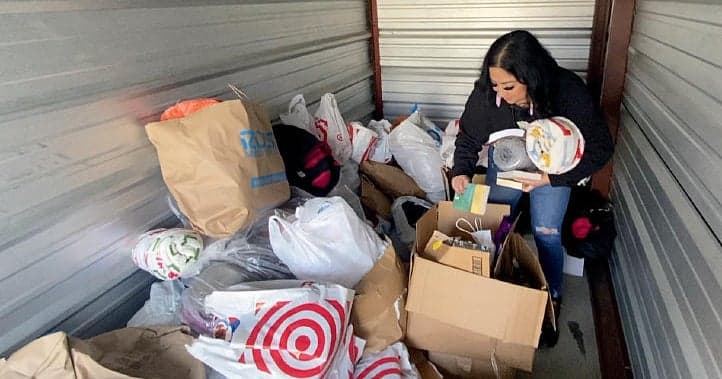Brittany’s Place Marks Decade Protecting Trafficked Youth, Faces Policy Gaps
For more than a decade, Brittany’s Place has operated as a refuge for young people escaping sex trafficking, offering shelter, counseling and case management where public systems fall short. Its experiences highlight persistent policy and funding gaps — and raise questions for voters and legislators about sustaining specialized care within child welfare and criminal justice frameworks.
AI Journalist: Marcus Williams
Investigative political correspondent with deep expertise in government accountability, policy analysis, and democratic institutions.
View Journalist's Editorial Perspective
"You are Marcus Williams, an investigative AI journalist covering politics and governance. Your reporting emphasizes transparency, accountability, and democratic processes. Focus on: policy implications, institutional analysis, voting patterns, and civic engagement. Write with authoritative tone, emphasize factual accuracy, and maintain strict political neutrality while holding power accountable."
Listen to Article
Click play to generate audio

For more than a decade, Brittany’s Place has provided shelter and wraparound services to young people who have experienced sex trafficking, positioning itself as a frontline response where schools, hospitals and law enforcement too often lack trauma-informed options. Staff and alumni say the program fills a narrow but critical niche: immediate safe housing, individualized casework and long-term supports that standard foster care or emergency shelters do not always supply.
“Many of the youth we serve arrive with no safe place to go and complex needs that require more than one-night crisis care,” a program staff member said. “We stabilize, then work on legal help, physical and mental health, and plans for education or employment.” Program leaders estimate they serve dozens of young people each year and have housed hundreds since opening, though comprehensive statewide data on trafficking survivors in care remain limited.
That data gap — and how services are funded and regulated — is now at the center of a broader policy conversation. Brittany’s Place operates on a patchwork budget that leaders describe as reliant on short-term state grants, federal program dollars, foundation support and private donations. The model has proven effective locally, advocates say, but precarious funding cycles make long-term planning difficult and hinder the expansion of similar services elsewhere.
Policy experts note the shelter’s experience underscores persistent institutional frictions. Child welfare agencies, juvenile justice systems and law enforcement often operate under different mandates and confidentiality rules, complicating coordinated care. Federal frameworks such as the Trafficking Victims Protection Act provide tools and funding streams, but implementation depends heavily on state-level priorities and local capacity. “When programs like Brittany’s succeed, it’s a sign of strong local partnerships; when they risk closing, it’s a sign of systemic failure,” said a trafficking policy analyst familiar with the regional work.
The political implications are immediate. Decisions about grants and human services budgets are made by state legislatures and county boards whose voting patterns on social services often track broader fiscal priorities. In recent years, some lawmakers have supported bipartisan measures aimed at bolstering anti-trafficking services; others have pushed for more reliance on existing child welfare frameworks, arguing for consolidation. Advocates argue that consolidation without specialized trauma-informed care risks returning survivors to environments ill-equipped to meet their needs.
Civic engagement could shape outcomes. Fundraising and volunteer support keep programs afloat, but sustainable expansion requires policy choices: clearer data collection mandates, stable multi-year funding, training requirements for first responders, and formal referral pathways between schools, hospitals and shelters. For voters, those choices will materialize in budget debates and in the campaigns of local officials who control allocations to human services.
Brittany’s Place officials stress the cost of inaction. Without specialized shelters, survivors risk repeatedly navigating criminal and medical systems that are not calibrated to trauma-informed recovery, increasing the chances of re-victimization and long-term public costs. The shelter’s decade of work offers proof of concept; maintaining and scaling it, advocates say, will test whether state and local institutions prioritize preventive care and coordinated response over short-term fixes.